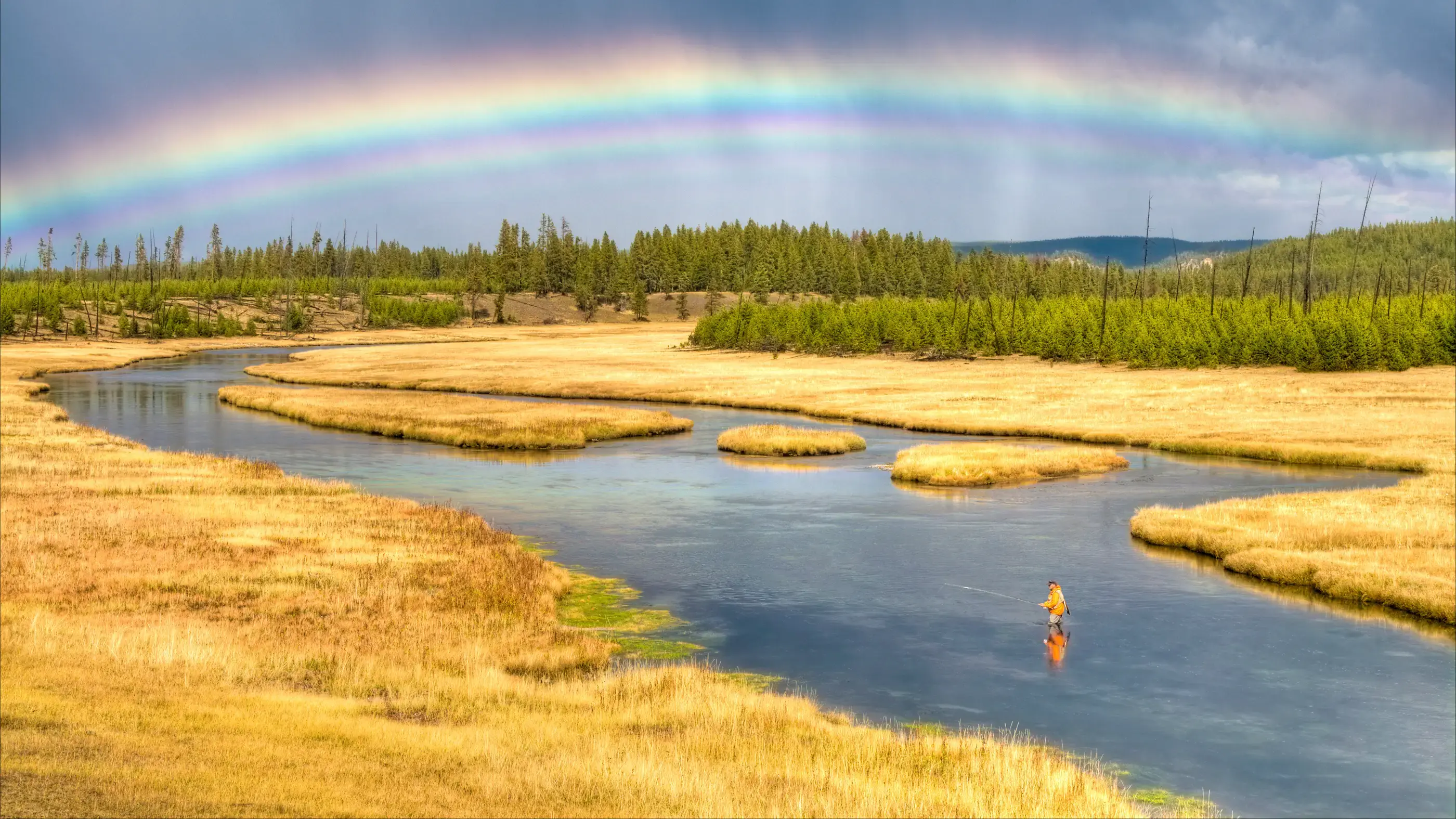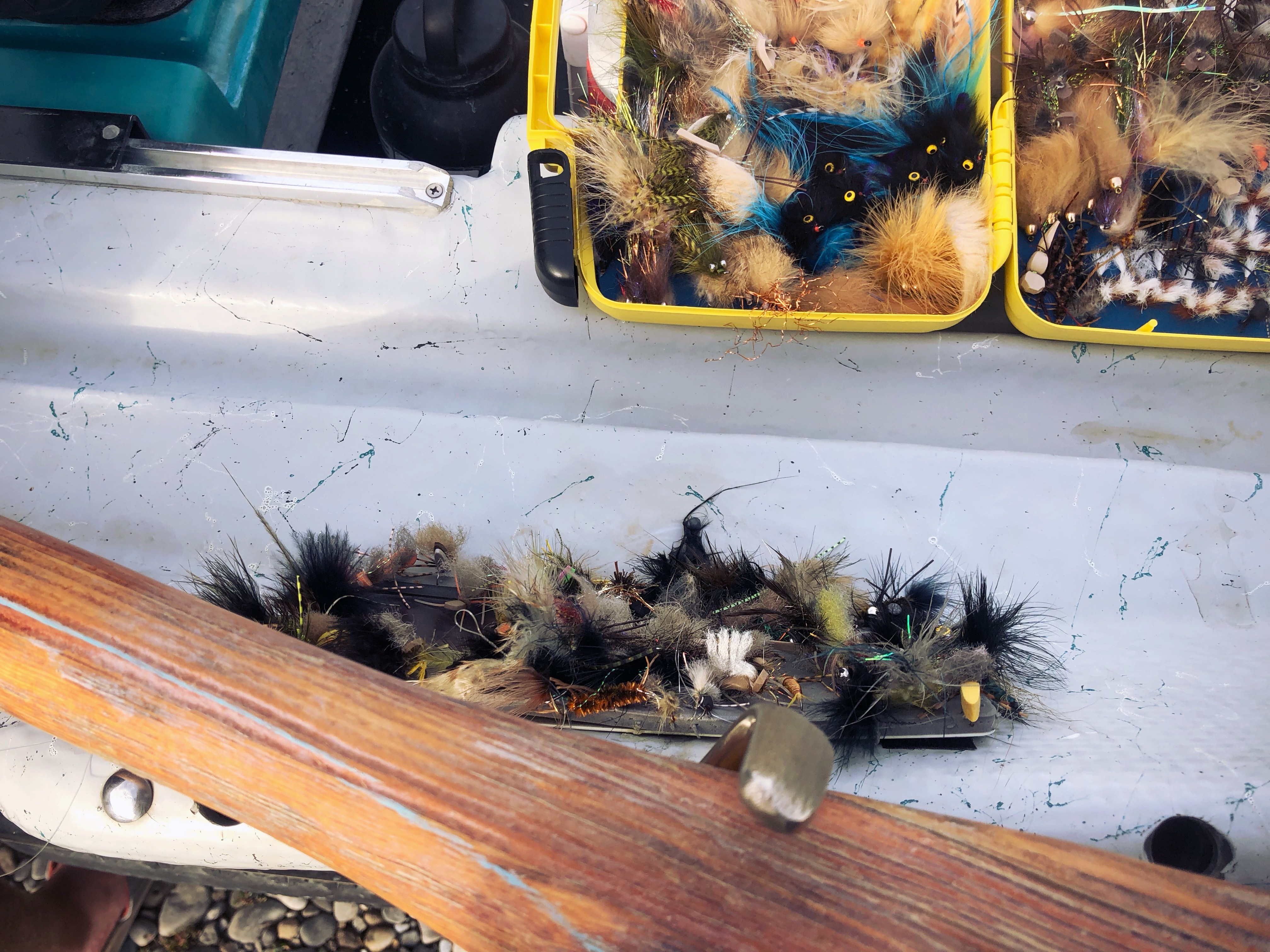The Reverse Eddy

The Reverse Eddy
True or false? Trout always face upstream in rivers.
The answer: false.
Trout usually face up-current in rivers (though not always), and as currents inevitably mix and swirl under myriad influences that shape water directions (banks, rocks, timber and so on), it’s common to find trout facing downstream, feeding into that current.
The classic example of this is the river eddy: water washes around a giant rock or a gravel bar with such force that it creates a vortex, where water is spun around in reverse. These eddies are often prime spots for holding big trout, especially when mayflies, midges and caddis are present, either nymphs or adults.
When reading water and assessing a run, always look for an eddy first. You know that main seam is there, and you know how to fish that, but spend a few minutes before that first cast by taking a long, hard look for an eddy.
The first telltale is watching the pattern of bubbles, twigs, leaves and other flotsam on the surface. Insects on the surface are, of course, the best sign of all.
If you see the patterns of a reverse eddy in place, assume there are fish in it, and the reason those fish would be there is to eat.
The best cast to cover an eddy is a snake cast, where you leave slack at the end of your line, and gently feed that slack into the eddy as your flies drift upstream.
It’s an extremely technical maneuver, but it can be very exciting, as you’ll see and feel strikes much more effectively in the relative calm of an eddy.
.svg)








